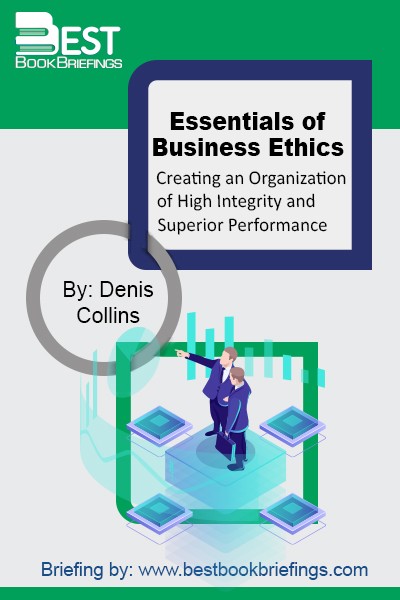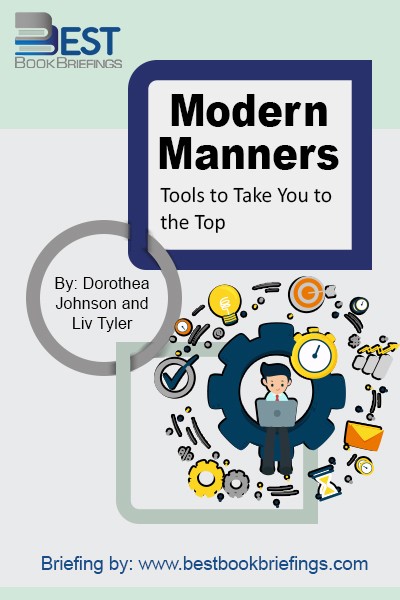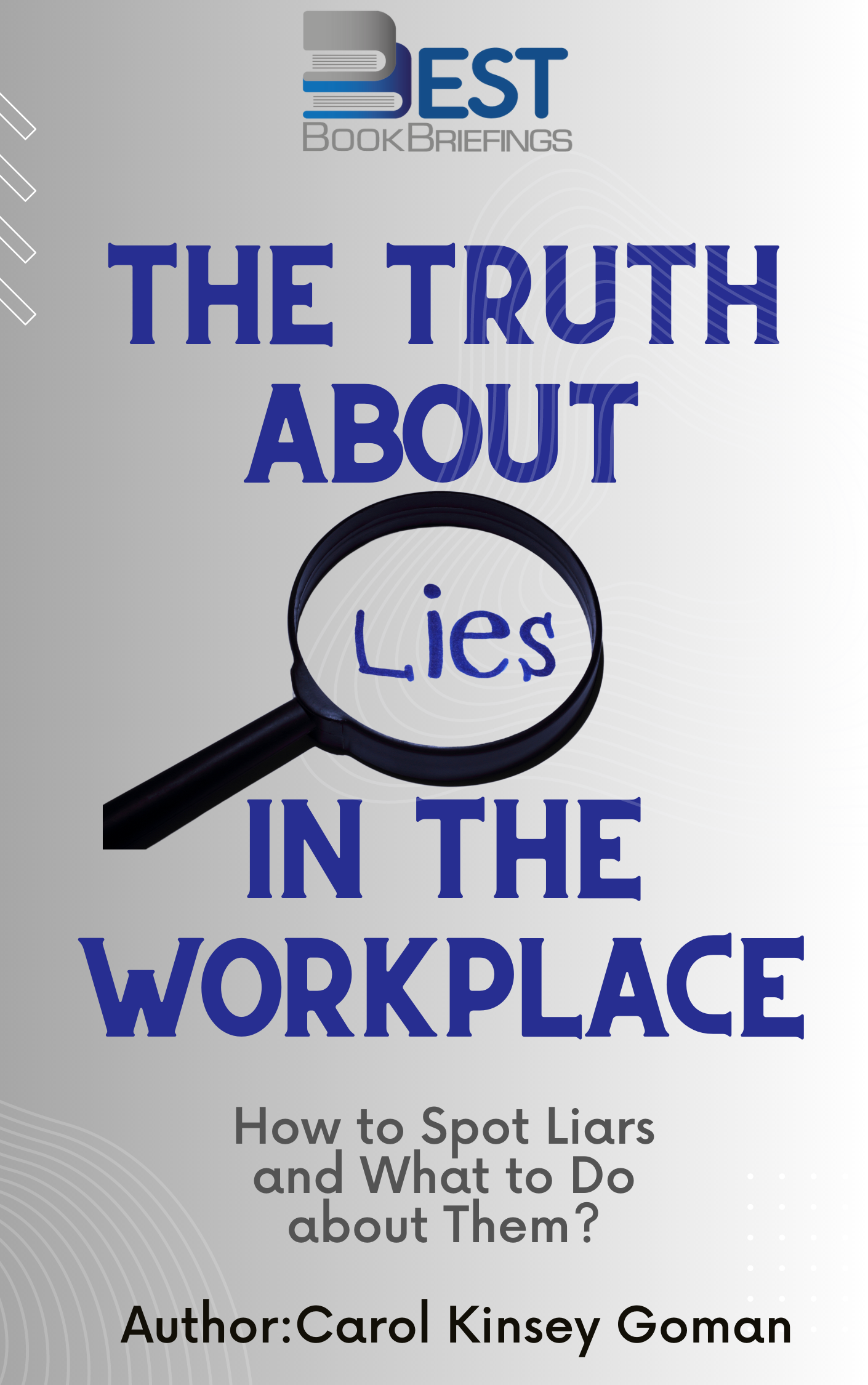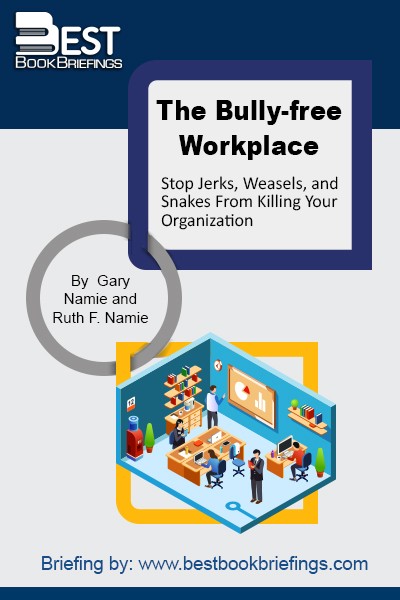The Bully-free Workplace
Stop Jerks, Weasels, and Snakes From Killing Your Organization
Editorial Review
The Bully-Free Workplace delivers a thoughtful and detailed plan to stop weasels, jerks, and snakes from killing your organization. Written by pioneers of workplace bullying, Drs. Gary & Ruth Namie, this book tells you why and how to create an explicit policy against bullying. It appeals to those managers who value people and who are willing to challenge employers to adopt that value. The Bully-Free Workplace outlines a step-by-step program to correct and prevent workplace bullying.
Book Reviews
Books on Related Topics

Organizations of high integrity achieve superior performance because they attract and retain high-quality employees, customers, suppliers and investors. Creating organizations of high integrity takes time and effort. This does not happen automatically, because human beings are not morally perfect. Unethical employees, customers, suppliers and investors can prevent organizations from achieving high

Life’s a stage, and actors aren’t the only performers. Each of us has a part to play, whether as a professional, a family member, or a friend. Regardless of the role, our performance is always enhanced by good manners. Far from empty formalities, manners translate to common courtesy, simply showing small

How can you effectively stand up for your values when pressured by your boss, customers, or shareholders to do the opposite? Drawing on actual business experiences as well as on social science research, Babson College business educator and consultant Mary Gentile challenges the assumptions about business ethics at companies and business

Sure, everyone tells little white lies now and then, but real deception in the workplace is a poison that can destroy relationships, careers, and companies. Carol Kinsey Goman, a leading workplace body language expert, combines her own experiences with the latest research to identify fifty subtle physical and vocal cues that



